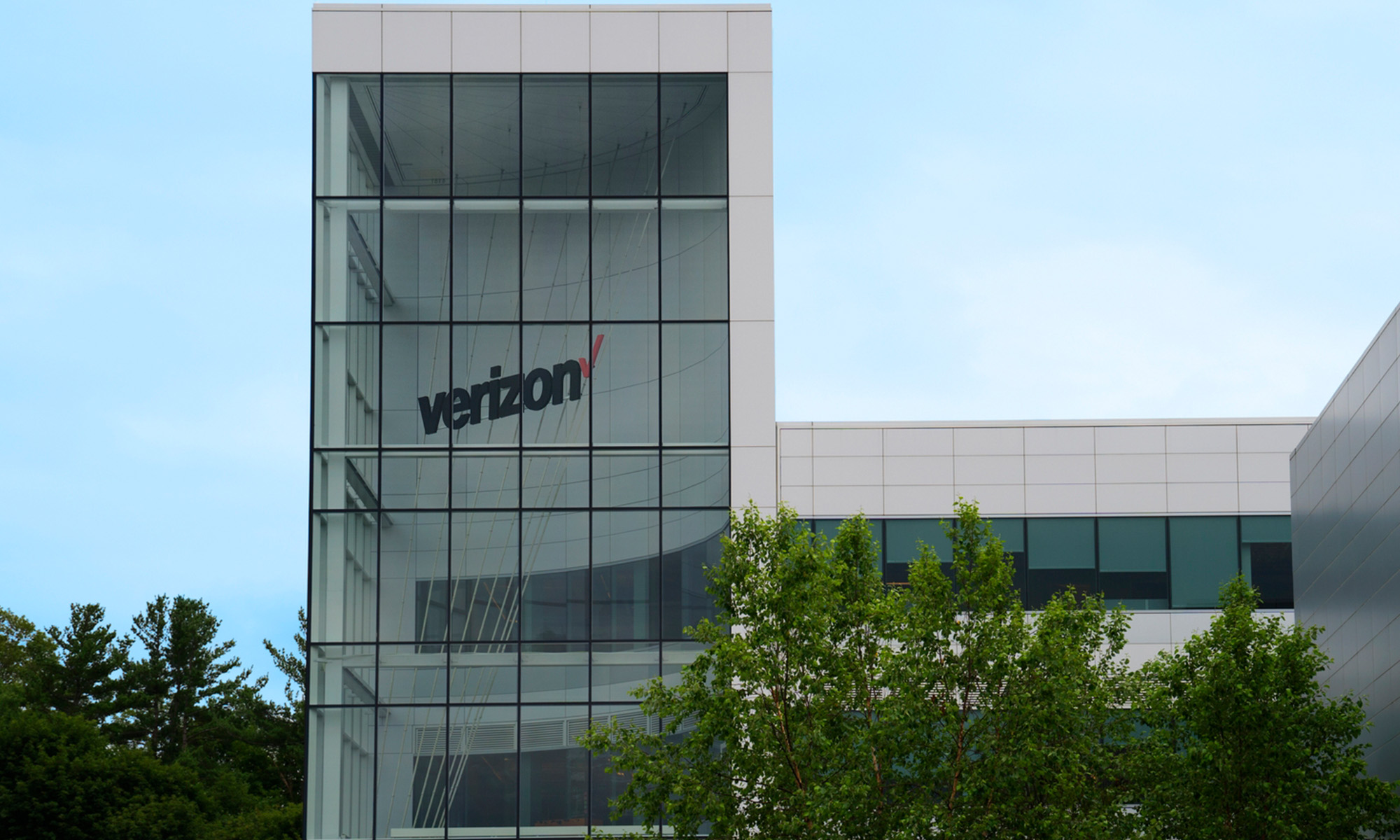Dividend investing is not as flashy as chasing the latest high-growth stocks. However, it’s a solid way to build long-term wealth.
According to Hartford Funds, dividend income has contributed an average of 34% of the S&P 500’s total returns from 1940 to 2024. This demonstrates how consistent payments can amplify wealth over time. Investors can benefit from this strategy by buying and holding stakes in high-quality dividend-paying companies with durable businesses.
If you have $1,000 in funds that you’re ready to invest for the long term now, both of these companies look well positioned to reward their shareholders with substantial dividend income.

Image source: Getty Images
Verizon Communications
Verizon (VZ +2.26%) may not be the flashiest technology stock, but its consistent and generous dividend payments have made it a favorite among income investors.
In September, the telecommunications giant announced it was boosting its dividend by 1.25 cents a share to $0.69 per share, its 19th consecutive annual dividend increase. At the current share price, the company boasts an impressive forward yield of more than 7%.
Today’s Change
(2.26%) $0.89
Current Price
$40.21
Key Data Points
Market Cap
$170B
Day’s Range
$39.67 – $41.32
52wk Range
$37.59 – $47.35
Volume
1.2K
Avg Vol
22M
Gross Margin
46.08%
Dividend Yield
0.07%
Verizon’s distributions are well supported by its earnings, as evidenced by its dividend payout ratio of 64.3%. The company now expects its free cash flow to fall to somewhere in the $19.5 billion to $20.5 billion range in fiscal 2025. Since it will pay nearly $11.5 billion in dividends over the next 12 months, it will also have sufficient funds to reduce debt and reinvest in growth initiatives.
A mature business also backs Verizon’s dividends. The company is ahead of schedule with its 5G C-band network deployment and expects to have 80% to 90% of the regions it plans to cover with that network covered by the end of 2025. This will dramatically improve both mobile and broadband coverage in those areas.
The company’s fixed wireless high-speed internet network now has 5.1 million subscribers, but management expects the subscriber base to reach 8 million to 9 million by 2028. The company is also focused on fiber optic infrastructure expansion, and expects to add 650,000 new passings (potential customer locations) to its Fios fiber optic network in 2025.
Meanwhile, Verizon is on course to close its $20 billion acquisition of Frontier Communications by early 2026. If approved by all the required state and federal regulators, this deal will dramatically expand Verizon’s fiber optic footprint in the U.S. Verizon is also acquiring Starry to strengthen its presence in the fixed wireless broadband market.
Verizon currently trades at 9.4 times expected forward earnings, below its 5-year historical average of 11. That reasonable valuation, coupled with its broad scale, impressive network quality, and robust cash flow, makes it a worthwhile pick for income investors in 2025.
Pfizer
Pfizer (PFE 0.86%) is one of the most impressive and reliable dividend stocks a person can buy in today’s uncertain market environment. The pharmaceutical giant has announced a $0.43 dividend per share for the fourth quarter, which will bring its streak of payouts to 348 consecutive quarters, or 87 years.
Today’s Change
(-0.86%) $-0.21
Current Price
$24.29
Key Data Points
Market Cap
$138B
Day’s Range
$24.23 – $24.63
52wk Range
$20.91 – $28.64
Volume
6.9K
Avg Vol
50M
Gross Margin
67.34%
Dividend Yield
0.07%
Pfizer’s dividend, which at the current share price yields about 6.7%, is supported by a robust balance sheet, steady cash flows from the sales of well-established drugs, and a solid cadence of new drug launches.
As of the end of the second quarter, the company had cash of $13.2 billion on its balance sheet, and generated total free cash flow of nearly $16 billion over the last four reported quarters.
Pfizer’s $1.72 per share annualized dividend gave it a payout ratio of nearly 91.5% over the last four reported quarters, which is high. However, management is guiding for adjusted diluted EPS in the range of $2.90 to $3.10 in fiscal 2025. At the midpoint of that guidance range, the company’s dividend payout ratio would fall to a more reasonable 57% by the end of fiscal 2025. That would give it more flexibility to invest in growth initiatives.
Pfizer is committed to improving its operating margin back to pre-pandemic levels, and expects its cost-alignment program to achieve net savings of almost $4.5 billion by the end of its fiscal 2025. The company is also targeting $7.7 billion in total cost savings by the end of its fiscal 2027. These efficiencies will help maintain profitability and continue its dividend policy, despite macroeconomic uncertainties and changing trade and tariff policies.
While Pfizer’s established blockbuster therapies, such as Eliquis and Vyndaqel, continue to add to its cash flows, some are approaching the expiration of their periods of patent exclusivity.
To reduce the top-line risk it faces as generic and biosimilar versions of those therapies come to market, Pfizer has opted for a targeted acquisition strategy. Its $43 billion acquisition of Seagen added four antibody drug conjugate (ADC) therapies to its oncology portfolio. That deal also doubled the size of Pfizer’s oncology pipeline to 60 programs targeting a broad range of cancers. The company expects an annual revenue contribution of nearly $10 billion from this deal by 2030.
The recent acquisition of clinical-stage drug developer Metsera for nearly $7.3 billion will also help Pfizer focus on the weight loss treatment market. This could prove to be a significant revenue and profit catalyst, considering that some forecasts expect that market to be worth $150 billion by the early 2030s.
Pfizer trades today at 13.2 times earnings, which is low for a pharmaceutical giant with a broad and diversified business and strong financial performance. That should make this a good time to add this dividend stock to your portfolio.

